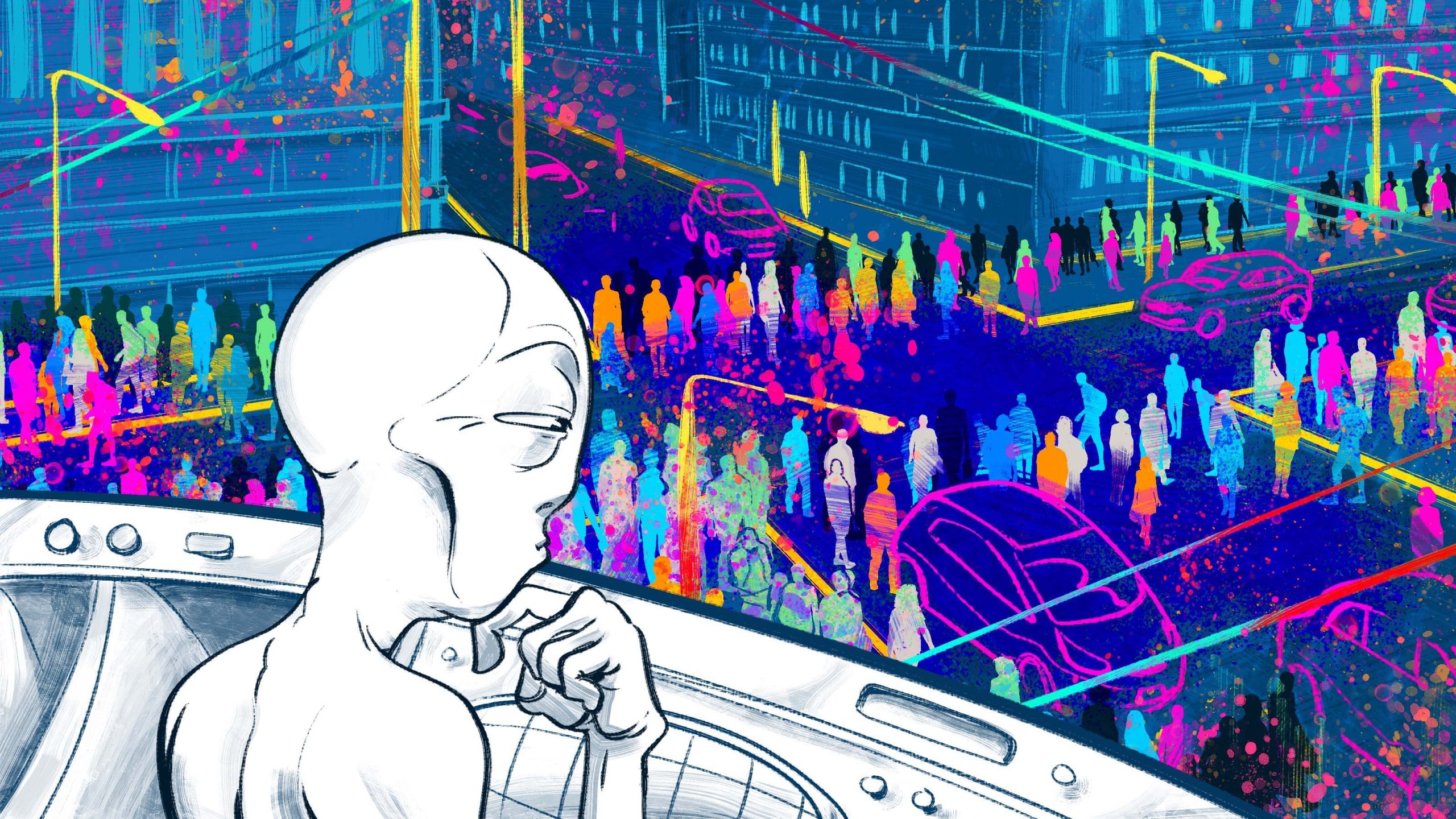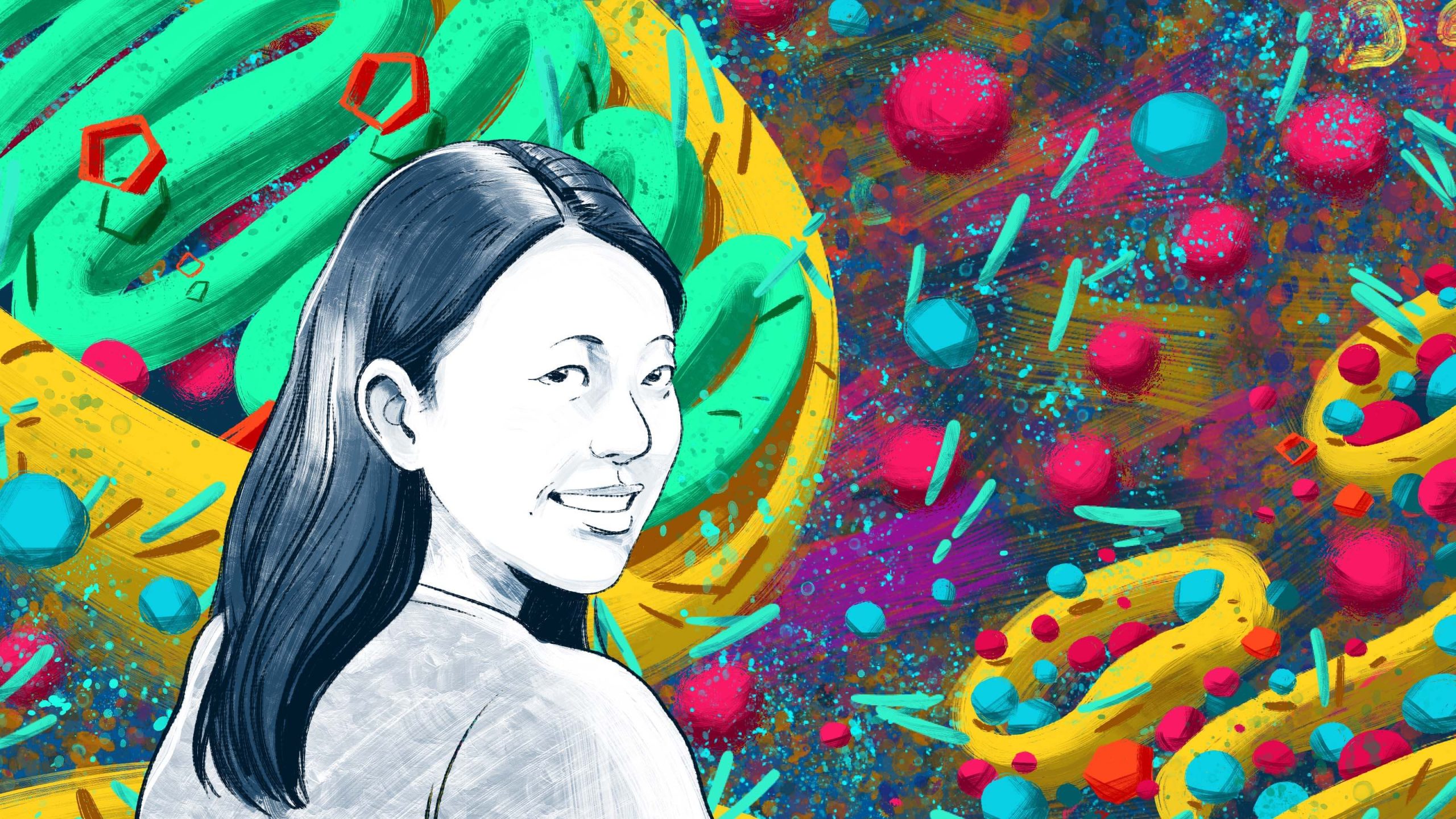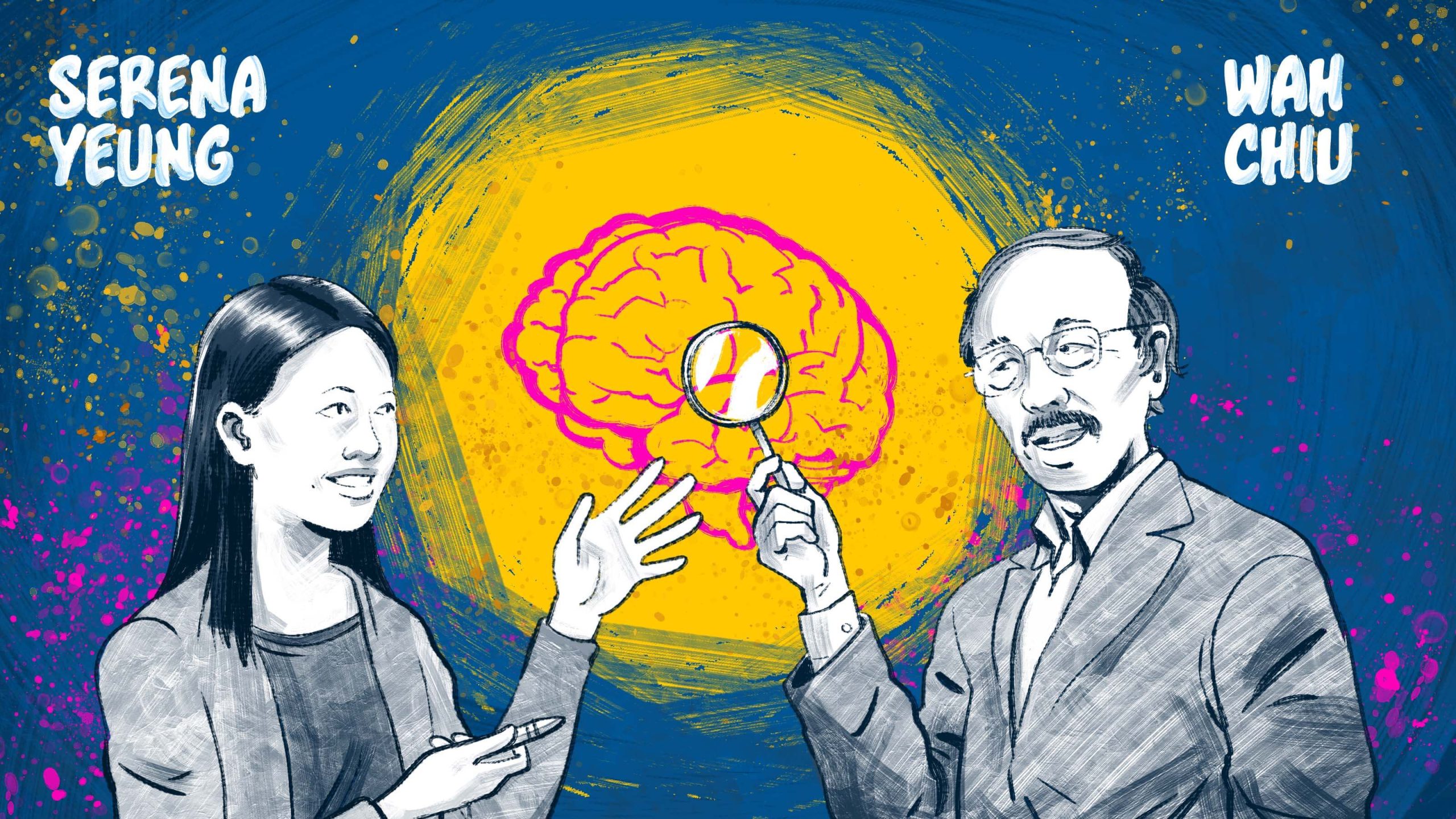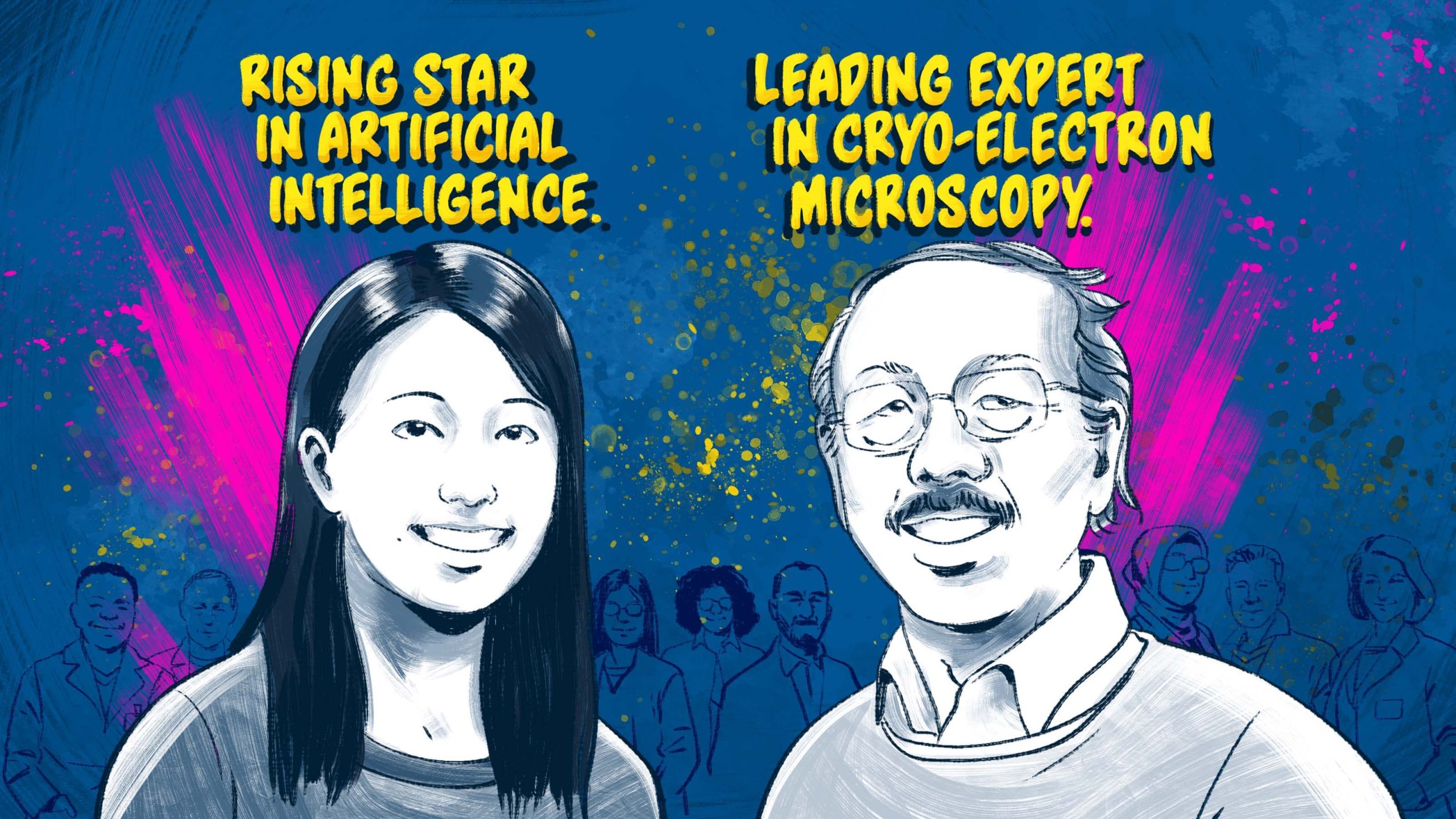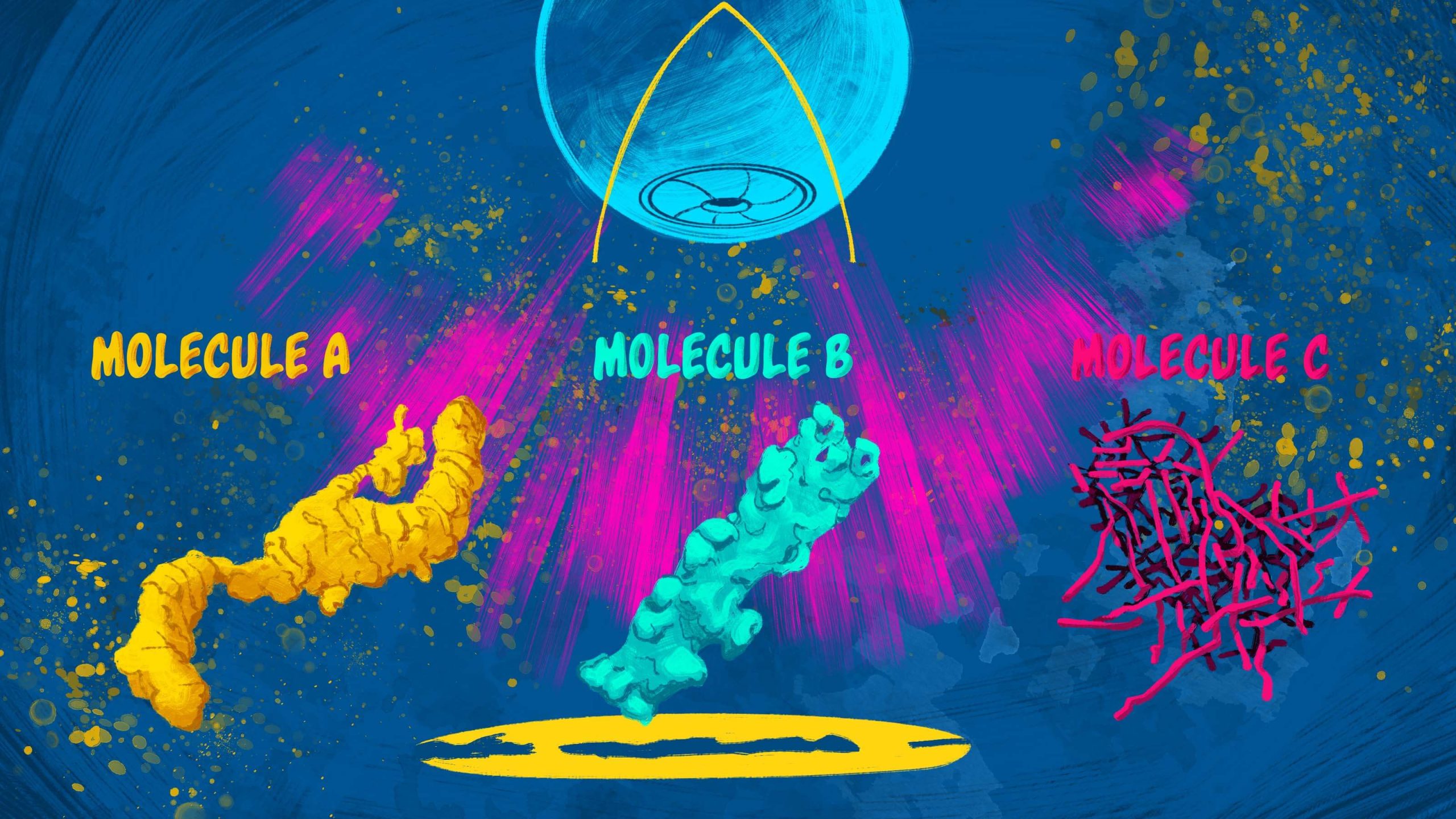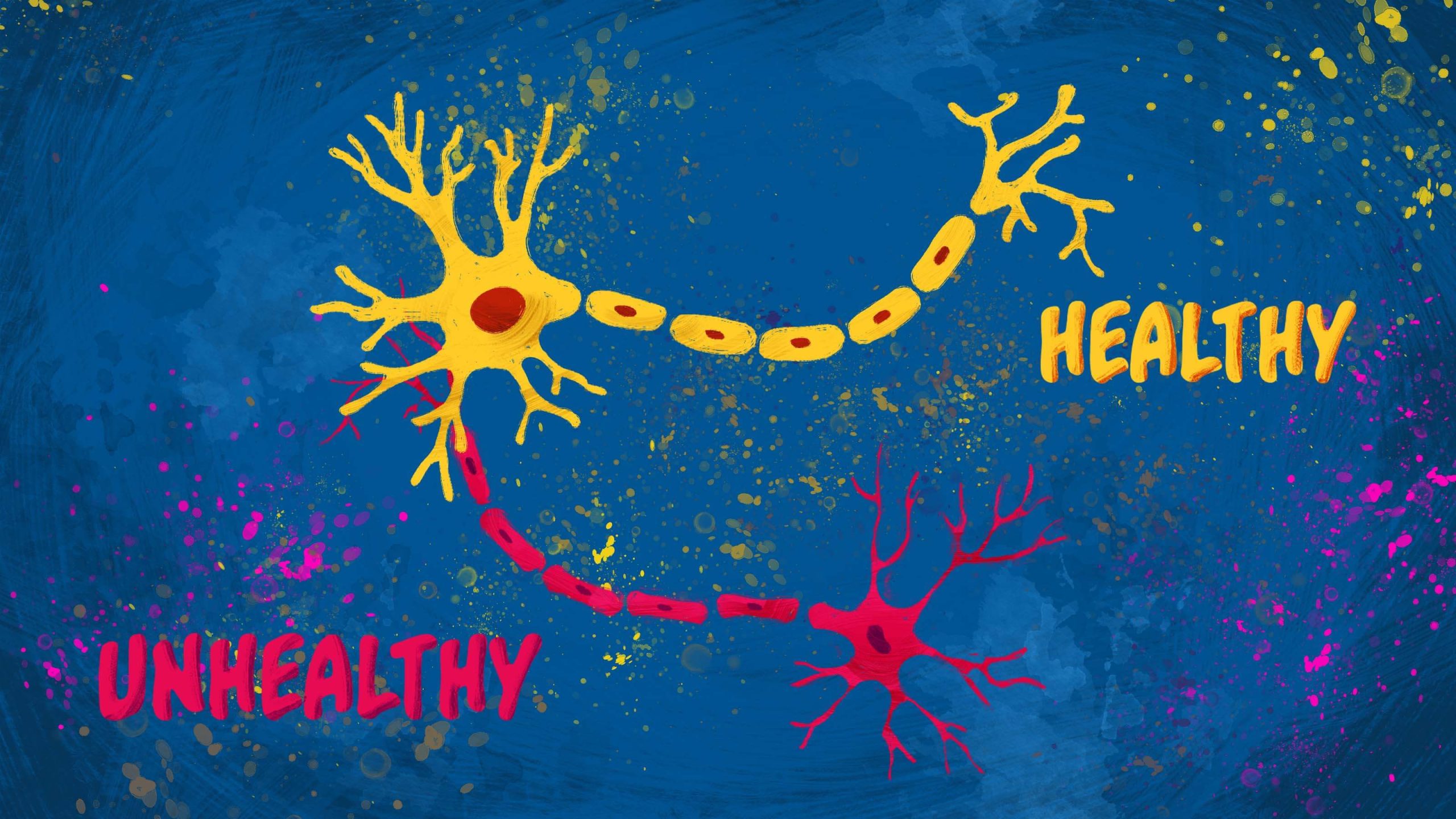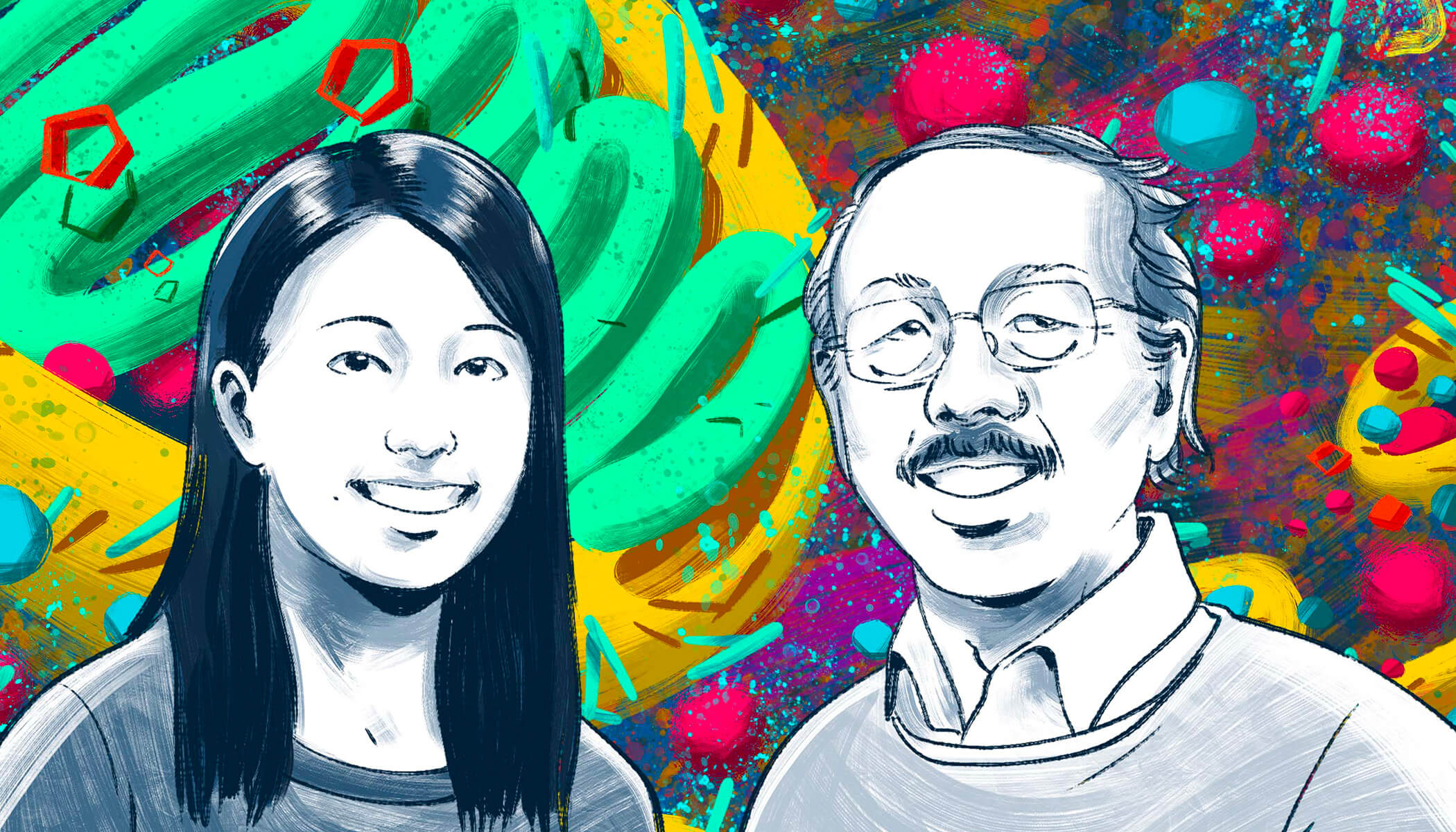
From Parkinson’s to Alzheimer’s, neurodegenerative diseases are on the rise — yet few therapies exist to combat them. That’s why the Collaborative Pairs program at CZI’s Neurodegeneration Challenge Network (NDCN) is bringing together scientists to explore new ideas and new approaches.
Stanford researchers Wah Chiu and Serena Yeung bring unconventional perspectives to bear on brain research. He has been pioneering the use of cryo-electron microscopy to see molecules at the atomic scale. She explores new approaches to artificial intelligence and machine learning for biomedicine and healthcare. Their joint technical expertise could reveal the inner workings of neurons in unprecedented detail, as part of a new project supported by the NDCN.
Get to know how the NDCN empowers scientists to pursue bold ideas in order to accelerate the science of neurodegeneration — and ultimately, the path to treatments.
Keep Reading
Back to allA day in the life of an imaging scientist: Laura Waller
Scientist Laura Waller is pushing the frontiers of imaging. Explore a day in her life and lab, building microscopes that help neuroscientists understand the...
Learn More
10 questions revealing the mysteries of human cells
Explore answers to frequently asked questions about the microscopic cells that make up human bodies.
Learn More
Exploring the ‘digital age of biology’ with CZI’s science technology team
Explore key takeaways from CZI’s recent science technology convening, where attendees discussed how advances in AI can uncover fundamental properties of...
Learn More
Stay up-to-date on the latest news, publications, competitions, and stories from CZ Biohub.
Cookies and JavaScript are required to access this form.





